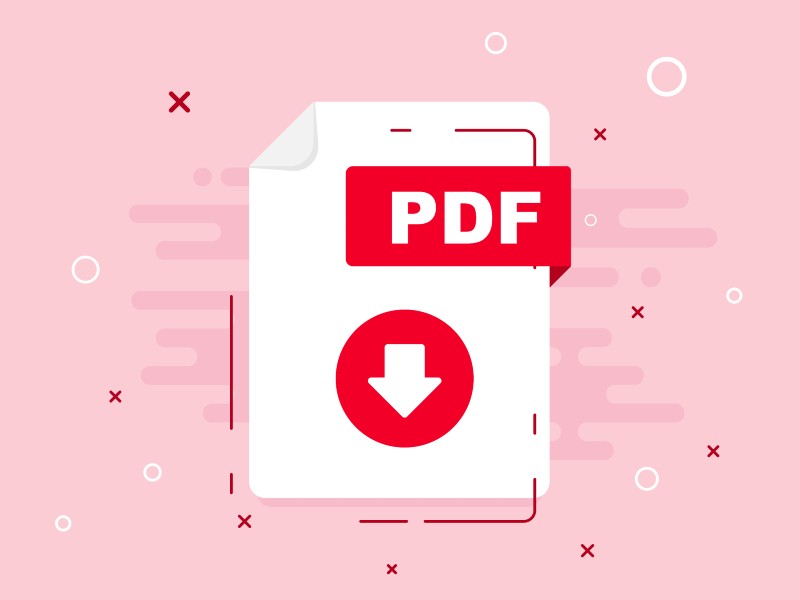The PDF, or portable document format, is one of today’s most ubiquitous file formats. No matter what kind of desktop, laptop, mobile device, or operating system you use, the PDF works. No matter how many different fonts, images, and other document components a PDF contains, they all display together. And the highly compressed nature of PDF files means they are easy to email, download, and print.
The basic structure of a PDF file represents one of the great victories for open-source software — because the PDF is not proprietary to any particular company, anyone can develop, use, sell, and distribute PDF software. And anyone on any device can view a PDF, a wonder of cross-platform ability.
But that simplified nature doesn’t mean that working with PDFs is easy. Hundreds of different PDF readers and editors exist, all with different levels of user-friendly experience. Microsoft Word has recently upped its PDF game, allowing lightweight users the ability to edit and fill PDFs.
1) Convert a document to a PDF
This is as simple as it gets: drag and drop the document you need to transform onto the Adobe Acrobat application icon, or right-click and choose convertidor a PDF, then select from a multitude of formatting options.
2) Turn any kind of content into a PDF
In programs like Microsoft Word, you can convert anything into a PDF. Within Adobe, you can go even farther: click File > Create and then choose from PDF from Screen, Window, or Selection Capture; PDF from Scanner or Web Page; or PDF from Clipboard. This means you can turn a website, a photo, a screenshot, or anything really into a PDF that’s easy to work with.
3) Easily gather survey responses, signatures, and other information
Adobe Acrobat allows document authors to set up form fields within PDFs and allow text to be added by anyone with access to the PDF. Each form can then have its own specific criteria — number, date, multiple-choice answers, etc. — and existing forms can be converted straightforwardly, allowing for the maximum amount of flexibility and ease of use.
4) Add annotations, comments, and edits to a PDF.
If you created the document, you can allow other users to contribute annotations or comments in — that way anyone looking at the PDF can provide feedback and edits. Select text you’d like to comment on, then right-click for options like Add Note to Replace Text, Strike Through Text, Add Bookmark, and Create Link.
5) Combine several files into one PDF
Sometimes the easiest way to package far-flung components into one cohesive whole is to save them all together in a PDF. In Adobe Acrobat, Click File > Create > Combine Files into a Single PDF — and then save yourself hours of cut-and-paste work.
6) Extract individual pages into freestanding files.
The flip side of the tip above — Acrobat allows you to save any page from a large PDF as its own document. With a file open, click on Tools > Pages > Extract and select from a variety of parameters to end up with the result you need.
7) Search any PDF for anything you need to find.
Adobe’s free Reader software includes impressive functionality in this department: click Edit > Advanced Search > Open Full Reader Search and you can sort by specific text, subject, or interactive lists.
8) View a PDF in full-screen mode.
Sometimes called Kiosk Mode, this allows PDFs to be viewed like PowerPoint presentations. Click View > Full Screen Mode and you can jump between pages using just the mouse or keyboard.
9) Add images to your PDF.
Working with photos and graphics in Adobe Acrobat is far simpler than in other programs. With a document open, click on Tools > Content Editing > Edit Text & Images or Add Image for a host of intuitive controls.
10) Protect, encrypt, restrict, and even redact PDFs
The Tools > Protection queue includes many methods for controlling how your PDFs can be accessed, edited, viewed, and sanitized. Whatever level of security you need, Adobe Acrobat offers it.

